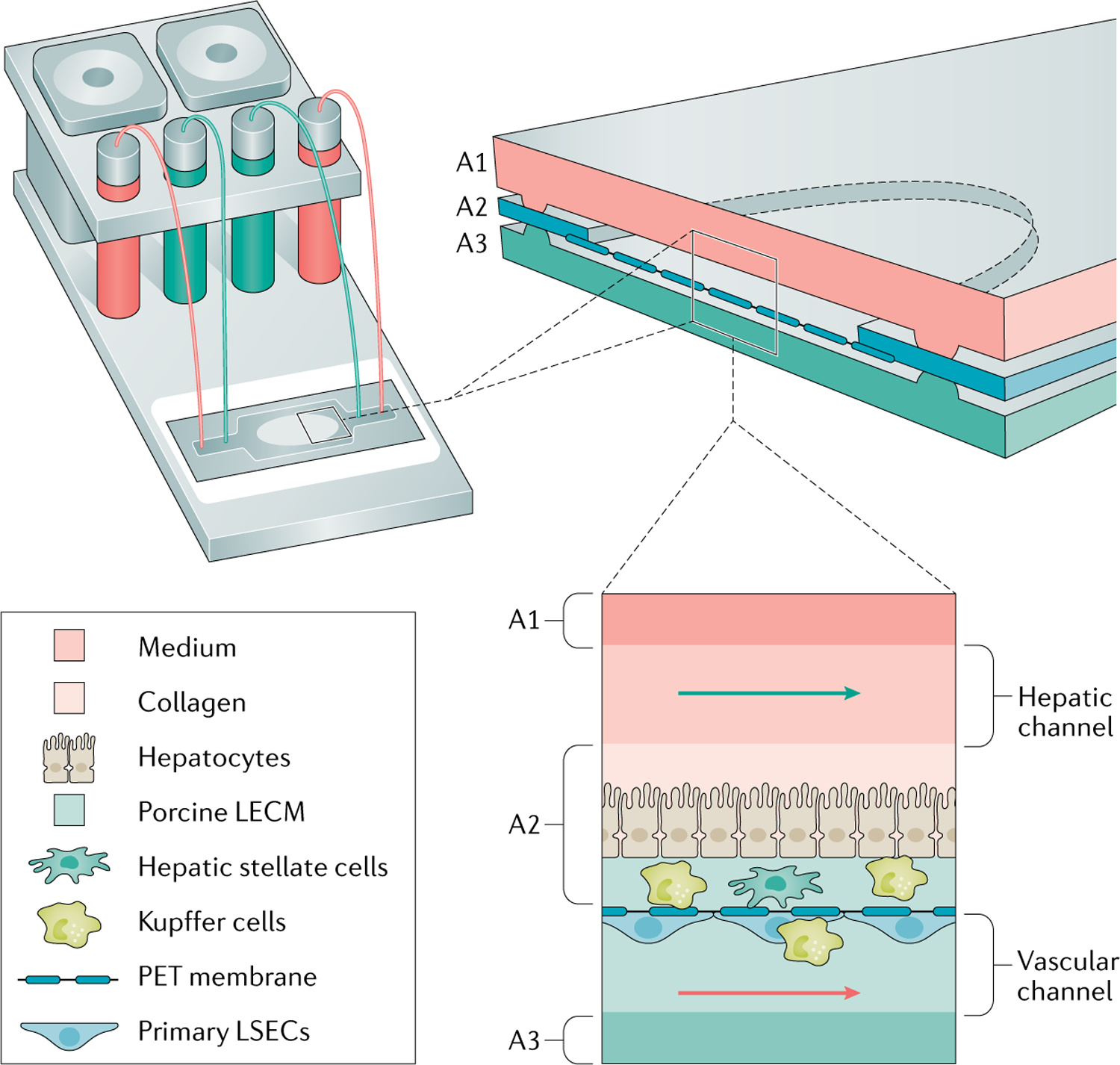Fig. 2 |. Illustration of one design of a current HBL-MPS.

The essential components of a human biomimetic liver microphysiology system (HBL-MPS) are illustrated here as an assembled, self-contained unit with pumps for flow-through or recirculation modes, reservoirs, and a microfluidic device that can be placed in incubators243. In one design, the microfluidic device is a layered assembly with three layers (A1–A3) forming two flow channels separated by a porous membrane filling an opening in the central layer (A2). Cells and extracellular matrix can be layered on the two sides of the membrane to recapitulate the liver acinus as illustrated. Alternatively, cells and matrices can be bioprinted on both sides of the membrane or organoids could be deposited on the membrane. The initial assembly of cells and matrices on two sides of a permeable membrane recapitulates the layered, 3D organization of cells in the liver acinus, which then matures over time as channel flows stimulate cells to establish contacts and communications, while zonation is established56. LECM, liver extracellular matrix; LSEC, human liver sinusoidal endothelial cells; PET, polyethylene terephthalate.
